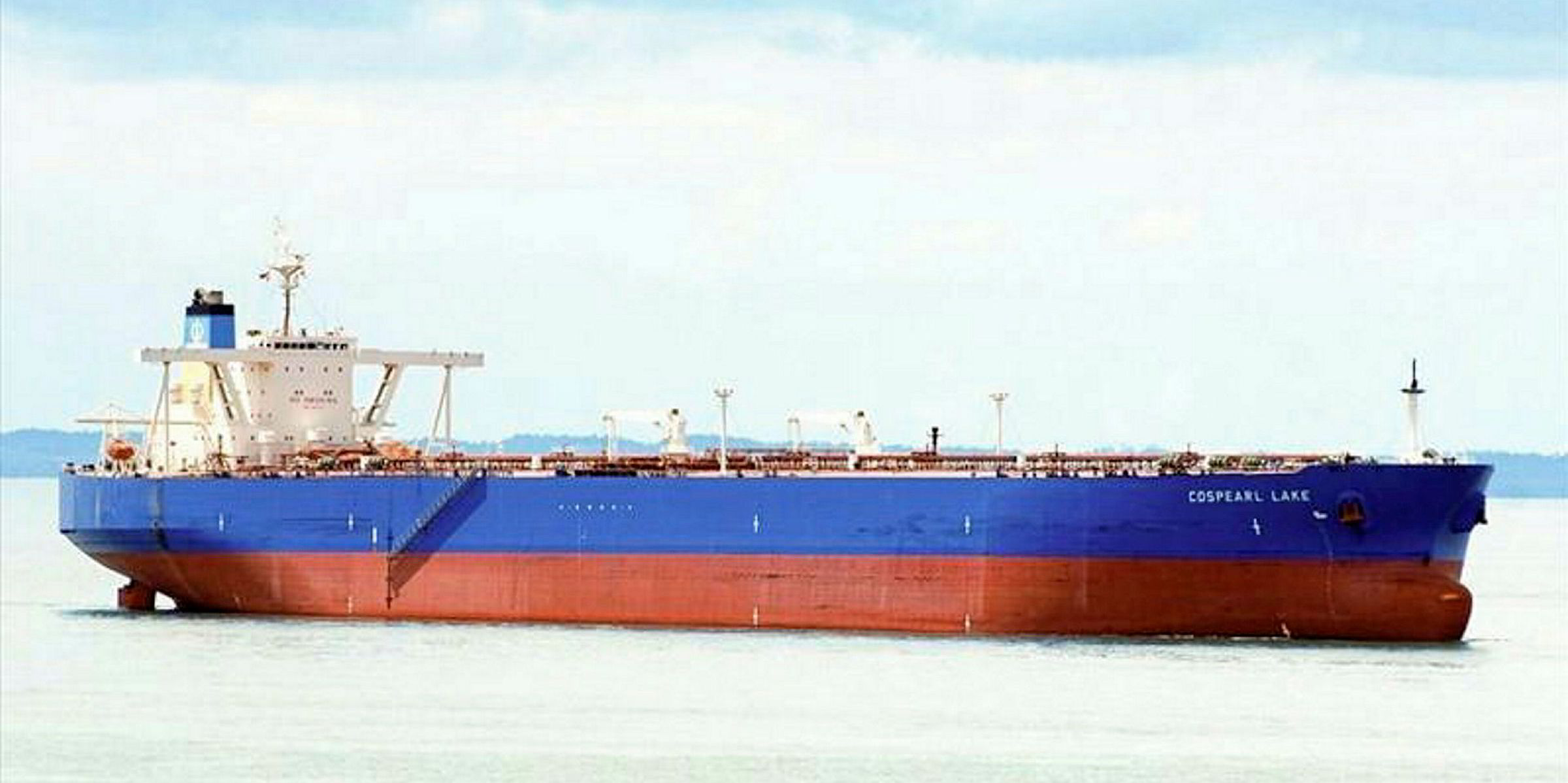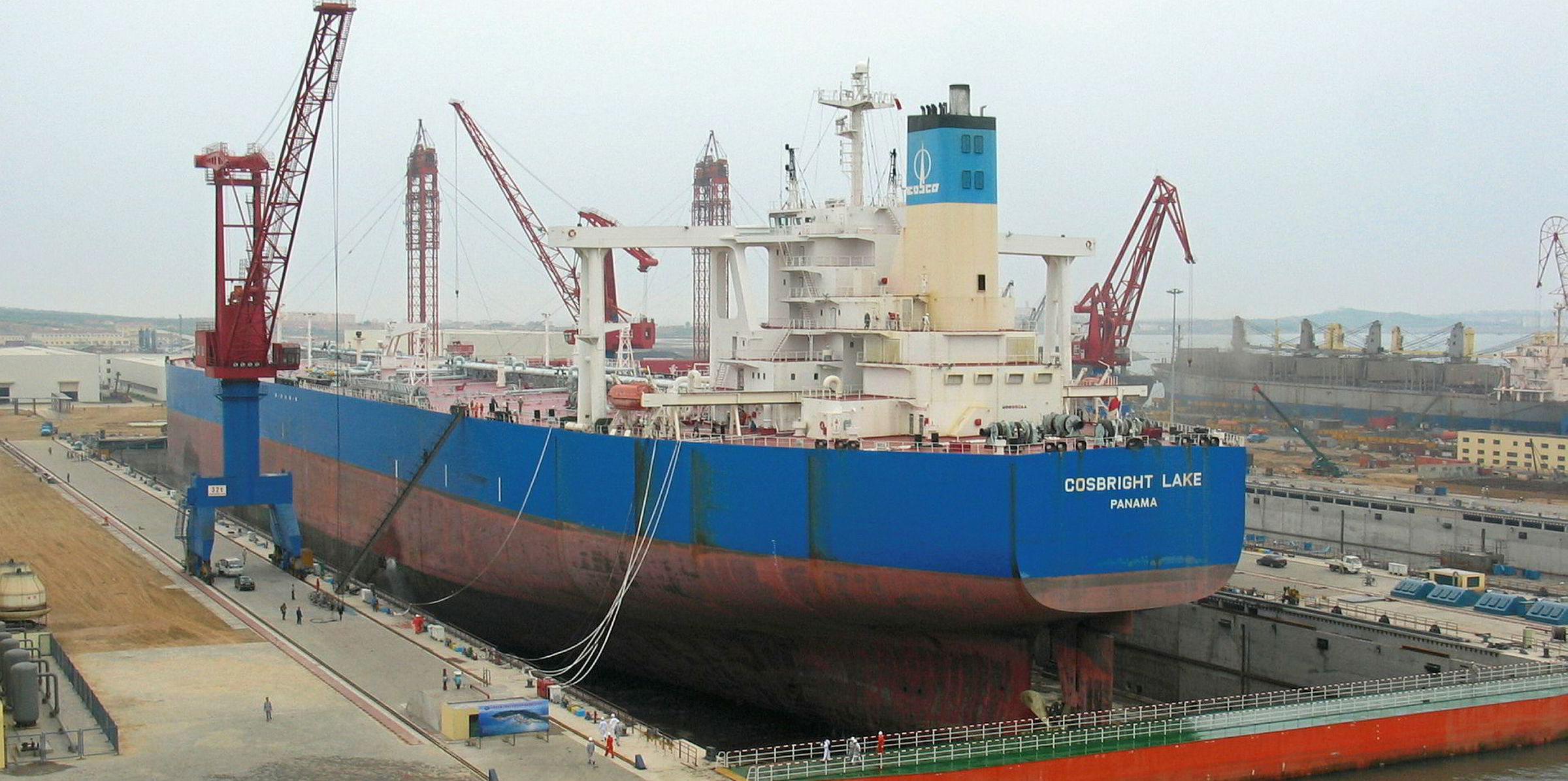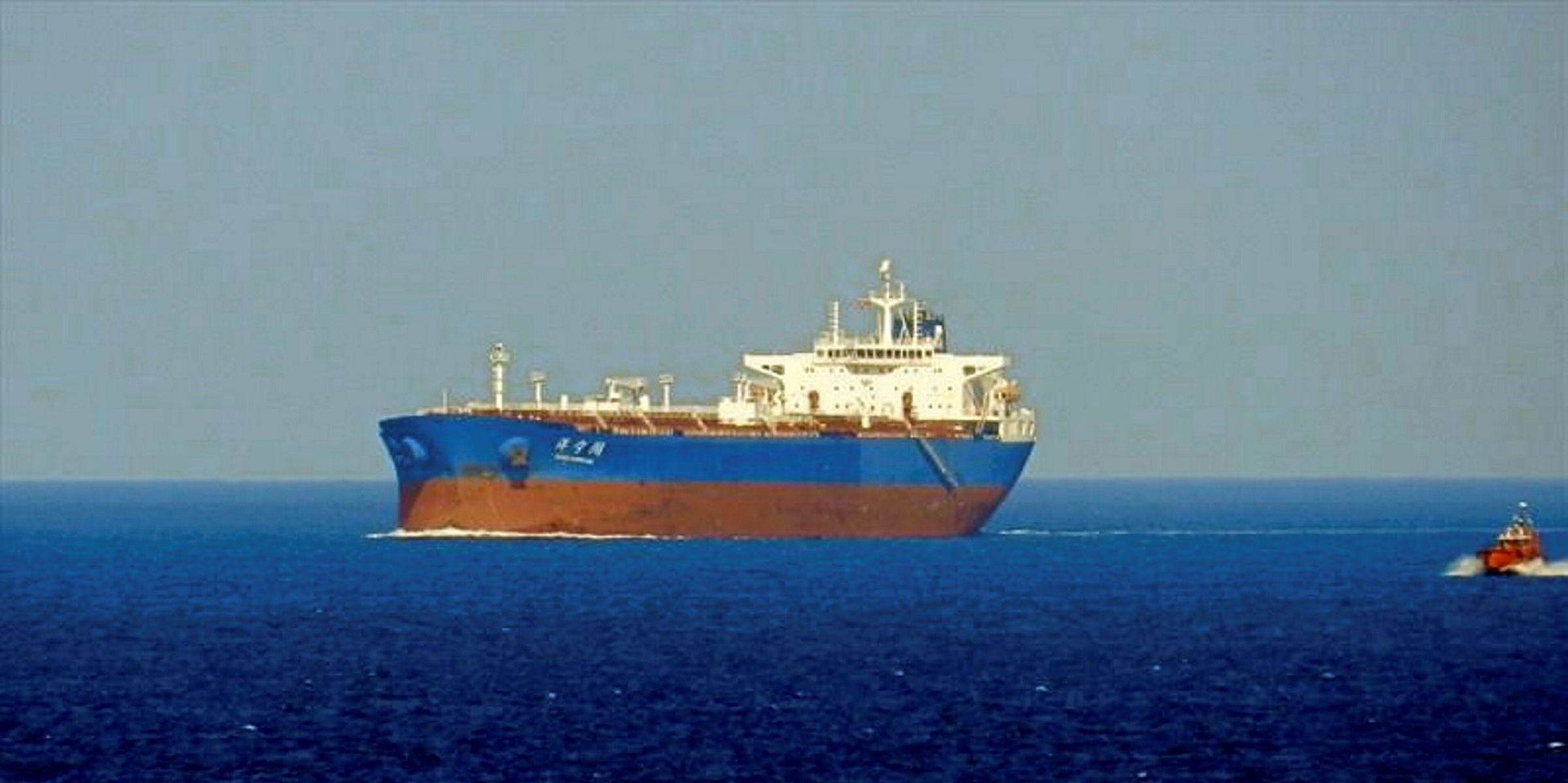Cosco Dalian tankers trading in international pools remain in legal limbo despite last week’s news of a limited two-month waiver on US legal sanctions.
Legal sources said pool operators are still struggling to grasp last week’s announcement by the US Department of the Treasury’s Office of Foreign Assets Control (OFAC) relating to Cosco Shipping Tanker (Dalian) and sister company Cosco Shipping Tanker (Dalian) Seaman & Ship Management — two subsidiaries of the China Cosco Shipping group that are collectively referred to as Cosco Dalian.
TradeWinds reported last week that the OFAC news had cooled previously overheated tanker stock prices. The pullback implied that investors think currently untouchable tonnage connected to the Cosco Dalian affiliate of Cosco Shipping Energy Transportation (CSET) might return to the market sooner than previously expected, easing supply in the market.
Financial analysts, however, pointed out that OFAC's announcement appeared to go no further than allowing affected counterparties to ease out of contracted business by 20 December.
Reducing exposure
AIS data suggests that Cosco has been able to redeploy some vessels to trades less exposed to sanctions, including domestic trading in the case of Chinese-flag vessels.
But for the handful of Cosco tankers trading in international pools, adding a pool manager to the commercial equation appears to have increased uncertainty about how to address the problems. That goes even for Chinese-flag ships.
Of seven Cosco tankers known to be trading in international pools, five are believed to be affected by sanctions.
However, the other two — VLCCs trading with pool operator Navig8 — are believed to be immune.
Navig8 announced late last year that CSET had signed up two Hong Kong-flag VLCCs for its VL8 pool, the 298,200-dwt Cospearl Lake (built 2008) and 322,800-dwt Xin Lian Yang (built 2014). Navig8's website never dropped them from online fleet lists, and brokers said they are outside the Cosco Dalian subsidiary targeted by US sanctions.
Navig8 commercial director Jason Klopfer declined to discuss the status of the ships as a matter of pool policy. "I would never comment on the status of a partner's ship in the pool," he said. "I will leave it to the partner to comment."

CSET press relations officials did not immediately respond to an email message asking for comment on the situation of pool ships and the effect of the new US statement.
TradeWinds reported soon after the sanctions were announced that Navig8 officials were studying the effect of sanctions, and based on AIS data the two VLCCs did not appear to interrupt their trading.
The Cospearl Lake had loaded in the US Gulf just before the sanctions announcement and has continued en route for a destination listed in AIS records as Yeosu in South Korea. Likewise, the Xin Lian Yang was bound for Quanzhou in China when sanctions were announced, and immediately turned around bound for the Middle East Gulf and a new stem.
Tankers at anchor
The suezmaxes and LR2s — which traded before the sanctions announcement with Heidmar, another major player in tanker pools — are swinging at anchor.
Heidmar no longer lists on its website any Cosco ships in its pools. But data sources, including VesselsValue, list three Chinese-flag suezmaxes in Heidmar's Blue Fin pool and two Chinese-flag LR2 product tankers in its Sigma Tankers pool of LR2s and aframax crude carriers. Chartering sources believe that all five of these ships are controlled by Cosco Dalian.
AIS records show that several of these were nearing a load port at the time the 25 September surprise sanctions announcement and turned back to Chinese ports in ballast. The 159,100-dwt Da Yuan Hu (built 2004) stopped on 27 September in the Caribbean on route to the Mexican port of Dos Bocas and waited for some 10 days before turning around and ballasting eastwards.
One of the LR2s — the 109,900-dwt Yang Li Hu (built 2010) — had loaded a cargo at Yeosu and left port before the US announcement. AIS draft records appear to show that it returned to port and offloaded the cargo the next day, then proceeded in ballast to Chinese waters, where it remains.
Heidmar chief executive Pankaj Khanna was travelling and did not immediately respond to a request for comment.





